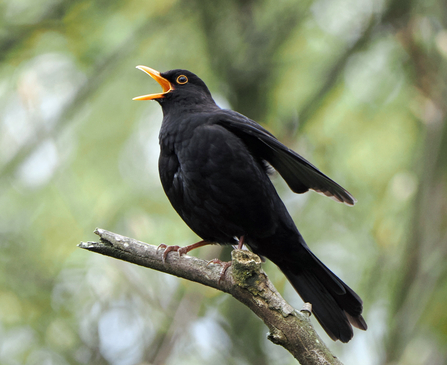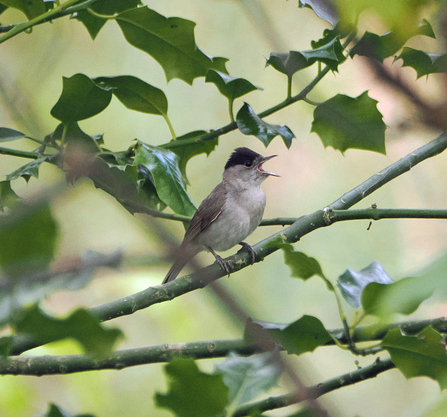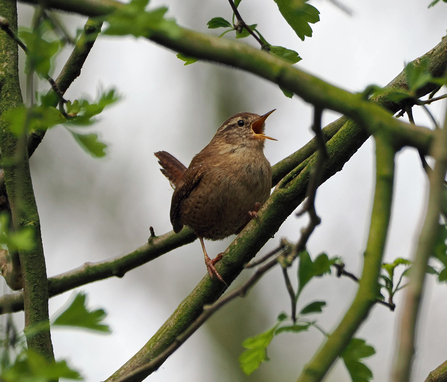The robins and blackbirds have beaten me to it. Almost an hour before sunrise, these early birds are already singing – the blackbird’s rich, flutey notes and the robin’s sweet, perky tunes drifting through the shadowy outlines of trees.
They’re the warm-up act for one of British nature’s most magical experiences – the dawn chorus. The end of April/beginning of May is the best time of year to immerse yourself in one of these musical delights. You can find them in your own garden or your local park, but North Cliffe Wood is reckoned to stage one of the best in Yorkshire.




